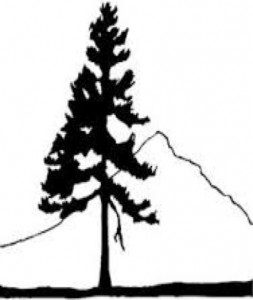“If Prometheus was worthy of the wrath of heaven for kindling the first fire upon earth, how ought all the gods honor the men who make it their professional business to put it out!”
~John G. Saxe, quoted in George C. Hale,
‘History of the World’s Greatest Fires,’ 1905
The date of the above quote is telling as to why men are mentioned to the exclusion of women. Nowadays there is one single word for all those whom make it their “professional business” to put out fires … firefighters. With the heat of the summer becoming more intense, our concerns about fires grow as well; our past fire history substantiates our fears. But this year is different, right? After all, it rained and rained and rained some more…
According to the Dept. of Water Resources, the snowpack reached 202% in the Sierra and most reservoirs in California filled to capacity. The 2018-19 Rain Year proved to be a very good one, turning the mountains surrounding the Crescenta Valley a vibrant green as rain-fed grasses grew lush. Not far from here, Mother Nature brushed hillsides with brilliant shades of purple, blue, orange and yellow; the rain-soaked soil allowed more seeds to germinate, resulting in a “super bloom” of wildflowers.
On the flip side of its beauty, the denser grass, chaparral and other vegetation growth potentially adds more fuel to the fire. Summer heat zaps the moisture from these plants and with the onset of Santa Anas, the National Weather Service issues “Red Flag warnings,” i.e. an increased risk of fire danger.
Ever wonder how they determine the moisture content of a plant with regard to the fire risk it may present? The procedure is not extremely sophisticated, but is scientifically sound. Here in the San Gabriel Mountains, new growth sprouting on the ends of branches, shrubs and other vegetation is methodically clipped and collected. These are promptly placed and sealed in special containers (paint cans and mason jars are often used) as plants will start losing moisture very quickly.
The plant clippings go directly to LA County Fire’s Pacoima facility where the scientific work begins. In their containers, they are weighed. Next, into a 200-degree oven they go for up to 20 hours. Then they are weighed again. The before and after weights are compared to determine the “live fuel moisture content.” A compilation of these results plus weather conditions are used to determine a potential outbreak location and the resources needed to battle a California wildfire.
As expected, summer’s hot and hotter roller coaster ride continues. So hold on tight and stay cool.
Sue Kilpatrick is a Crescenta Valley
resident and Official SkywarnSpotter
for the National Weather Service.
Reach her at weatherin91214@yahoo.com.

